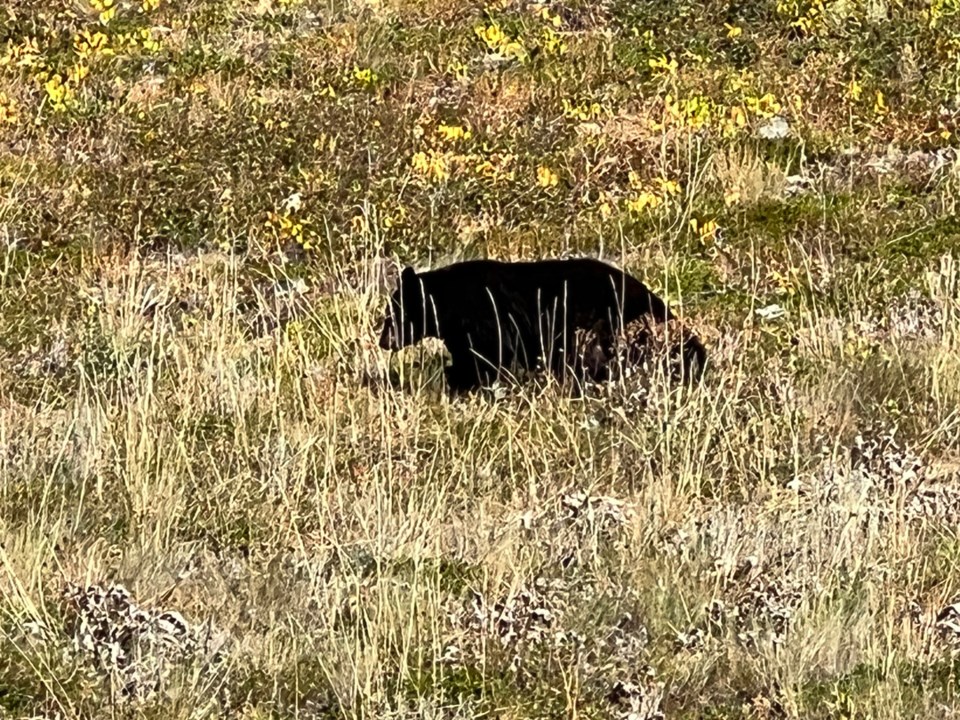SOUTHEAST SASKATCHEWAN - Bears are not an animal that a person will see every day in rural Saskatchewan, but it does happen.
On May 29, Manor Mayor Lucille Dunn was alerted by a council member that a bear was sighted on the outskirts of the village.
This sent Dunn into action to notify the town administrator and residents through social media to watch their children and pets.
Dunn was concerned that the black bear might wander into town if it smelled food or go after small children and pets.
One never knows if it is a female with cubs. Coming between a mother and her babies could be dangerous and even fatal.
A bear's sense of smell is extremely strong and once it finds a source of food, it will revisit the same location several times, looking for the same food.
It is important to keep garbage stored in containers to limit the possibility of the bear looking for this kind of food source.
Dunn has only seen one bear in the park several years ago.
A week prior in the White Bear First Nations (WBFN), Patty Joyea was travelling down the highway and saw a bear leaving the water and retreating into the bush.
This was the first time that Joyea had seen a bear in the area, although there were reports of sightings earlier in the year.
Another black bear was spotted near Wawota in the farmyard of Leanne Jackson, who is two kilometres outside of the town.
Jeff McWhirter said there was a bear right in town, straight across from the Wawota ball diamonds. He said it never bothered anyone and just travelled between two groups that were out there.
Mike McIntosh is the owner and founder of Bear with Us sanctuary for bears that need rehabilitation or cubs that have lost their mother. At present they have over 80 bears.
Black bears very rarely pose a threat to humans, and the younger bears that are aged one and two are travelling to a new area away from their birthplace. It is these young bears that are naïve, curious of humans and more likely to come closer.
If the bear sees a person, the animal might stand on its hind legs to get a better view, or it might salivate, make huffing sounds and charge forward. This bear wants the person to leave its area.
McIntosh said to stand still, talk calmly and do not run or crouch down. If the bear continues to move forward, this is the time to make noise, start waving and make yourself look large.
Always watch the bear and hope it leaves. Stay in a group and make sure the bear has a clear path for an escape route.
McIntosh suggests that pets be kept on a leash when walking in the woods and to carry a whistle or bear spray.
If a bear continues to come to the same area close to people and poses a threat, it is best to call the local conservation officers.




